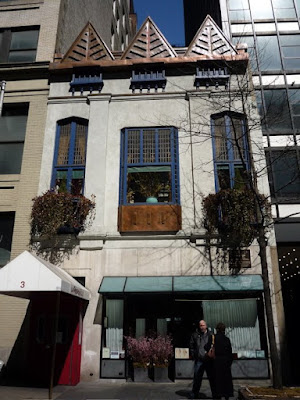Search This Blog
A strolling guide to New York City by writer and photographer Teri Tynes. Active during the years 2007-2021, Walking Off the Big Apple plans new walks away from the city in the summer of 2025.
Posts
Showing posts from March, 2009
Coming this summer 2025
A Hudson River Camino - a cultural and spirit-filled pilgrimage up river.
A Lunchtime Concert at the World Financial Center (Diana Krall and Orchestra)
- Get link
- X
- Other Apps
Jacques Brel, Songs of the Street, and On Bleecker Street
- Get link
- X
- Other Apps
The New York Hotel That Looks Like It's in Miami
- Get link
- X
- Other Apps
Antoine de Saint-Exupéry on East 52nd Street
- Get link
- X
- Other Apps
St. Patrick's Day Parade, Fifth Avenue (A Slideshow)
- Get link
- X
- Other Apps
Recent Books on New York City Life and Art: A List for Spring Reading
- Get link
- X
- Other Apps
After the Madoff Hearing, Reflections on the Pickpockets of Five Points, and A Trip to the Chopsticks Store
- Get link
- X
- Other Apps
Outside the Courthouse for the Madoff Plea Hearing
- Get link
- X
- Other Apps
A Morning Walk in SoHo: Two Roosters, the "Acting" Police, a Little Graffiti, Two Eggs and Some Home Fries
- Get link
- X
- Other Apps
Walking Arcades of the Theater District: Minskoff Alley and Shubert Alley
- Get link
- X
- Other Apps
Follow Your Money: The New York Financial Crisis & Recovery Walk
- Get link
- X
- Other Apps
June 11, 2025 in Beacon, NY

On a day trip from NYC












